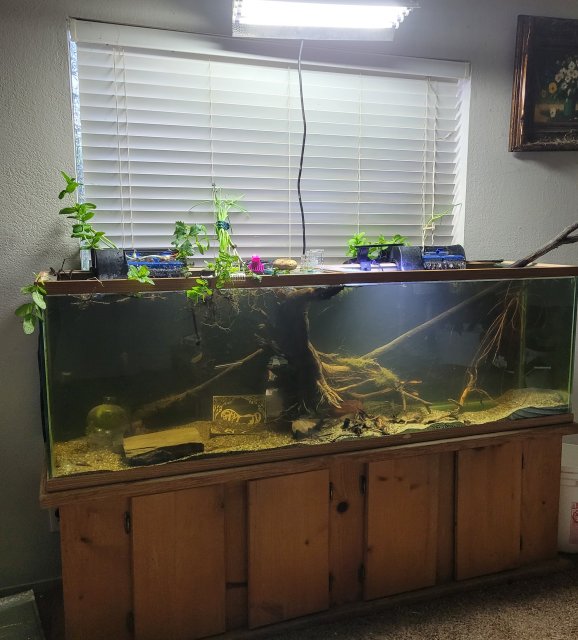Thiswasgone seems to know a lot about things that I am clueless about, so this is a nice and educational read for me, especially about the microbe diversity and interaction in an aged filter. Thank you so much for this.
Your ability to ID microorganisms under microscope also evokes deep respect in me as it is something I've never done.
On the practical side, I always thought ich normally lives on any fish in any tank and is kept in check by fish's immune system (I realize Thiswasgone mentioned some cases where ich can be eradicated totally from a tank but they seem rare). Hence, it's not a matter of where the ich had come from, but why it broke out of control. Almost always it seems to happen due to significant stress, actually very significant stress, or low stress but long term, which compromises immune system. I'd like to hear Thiswasgone's thoughts on that, as I am sure there is plenty of room for correction and augmentation.
IIRC Super Ick Cure lacks formalin? Or has MG as the main ingredient? As stated, I've used and prefer the Microbe-Lift BSDT or maybe Rid-Ich or some such meds based on formalin with a small fraction of MG added.
If the mystus haven't shown any ich on them, that could be because they were not stressed or not stressed as much by the rehoming and the temp change, if there was one. Pictus just came from a different place and might have been stressed by the transplantation before getting stressed in addition by the uncontrolled temp. Or maybe they had problems at their prior place, that is the shop. Or maybe you water is not well suited for them, e.g. too hard, or too high a pH? Or on the opposite - the carbonate hardness may be too low and hence pH swings and is unstable? IDK, just offering food for thought.




